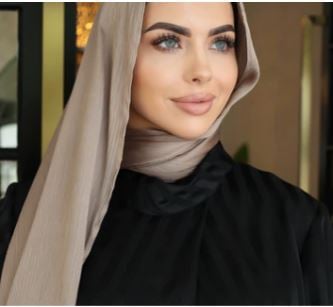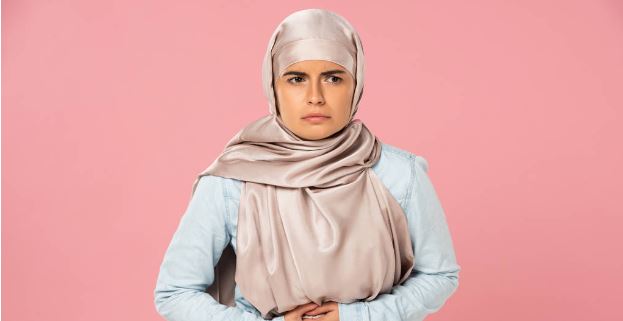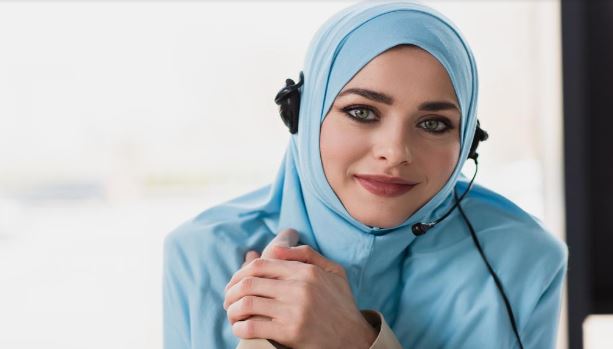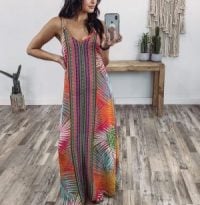The Pleasure of Wearing the Undercap Hijab
The undercap hijab is a type of traditional Islamic head covering that is both stylish and functional. It is designed to provide coverage to the hair, neck, and chest while still allowing the wearer to express her personal style. The undercap hijab has become increasingly popular among Muslim women around the world as it offers an alternative form of modest dress that can be worn in a variety of ways. This article will explore the history, evolution, and different styles of this fashionable garment.
Definition of Hijab
Undercap hijab is a word often used to describe the veil worn by some Muslim women, but it has broader meanings as well. The term “hijab” refers to a set of Islamic standards of modesty that apply to both men and women. It is an Arabic word which literally translates as “barrier” or “curtain” and is commonly used to refer to the headscarf worn by many Muslim women.
The hijab has become an important symbol in Islam, representing modesty and piety. In many Islamic countries, wearing the hijab has become compulsory for women in public spaces such as schools and universities, although there are some exceptions depending on local laws. Additionally, conservative interpretations of Islam may require women to cover their entire body when in public including their face and hands — this is known as niqab or burqa.
For some Muslims, wearing the hijab can be seen as an outward sign of faith that allows them to express religious devotion through clothing choices. For others, it’s more about personal choice; for example, some may choose not to wear a headscarf but instead opt for modest dress such as lower necklines and long skirts or pants instead of shorts or short dresses.
History and Origin of Hijab
The hijab, a form of modest dress among Muslim women, has become a symbol of religious and cultural identity in many parts of the world. But what is its origin?
The hijab comes from an Arabic word meaning “to cover” or “to conceal”. The practice of wearing a veil dates back to the time of the Prophet Muhammad who prescribed it as part of proper Islamic attire for women. While some believe that the veil was originally intended to protect women from male gazes or other forms of physical harm, its purpose has evolved over time and now serves as a symbol of modesty and piety.
It is believed that veiling began in pre-Islamic cultures in Persia, Syria and Egypt as early as 1500 BCE. Ancient Greek texts describe veiled Persian noblewomen attending public events with their faces covered by veils made from thin fabric or sheer muslin cloth. In fact, some scholars suggest that veiling was adopted by Muslim women after seeing similar practices among non-Muslim populations living around them at the time when Islam first spread throughout Arabia and beyond.
In subsequent centuries, different interpretations regarding modesty led to varied interpretations about which body parts should be covered by the hijab (or even if it should be worn at all).
Religious Significance of Hijab
The hijab is a traditional headscarf worn by Muslim women, which has become synonymous with Islamic culture and faith. It is a symbol of modesty and respect, often worn to demonstrate adherence to religious teachings. But beyond its physical appearance, the hijab carries an even deeper significance in Islam and the lives of those who wear it. In its literal sense, the word “hijab” translates to “cover” or “veil” in Arabic, meaning that it is meant to be used as a form of protection for women as prescribed by Islamic tradition. But beyond that practical application lies an even deeper purpose – that of spiritual protection.
According to Quranic injunctions (Surah 24:31), Muslim women are encouraged to dress modestly and cover their heads with hijabs as a sign of respect for God’s commands and recognition of His infinite power over them. This act serves not only as an external representation but also reinforces the idea that everything one does should be done with respect for God in mind.
The hijab also serves as an outward expression of faith for many Muslims around the world – it is seen not only as a signifier but also a reminder that one should always strive towards righteousness in all matters pertaining to religion.
Different Styles of Wearing Hijab
The hijab is an essential part of the wardrobe for many Muslim women. It is a symbol of modesty and respect, and can be worn in many different styles. Depending on the occasion, weather, or mood, there are plenty of ways to wear a hijab without sacrificing style or comfort.
One popular way to wear a hijab is to wrap it around your head like a turban. This style looks elegant and also provides extra coverage for your hair and neck. It works especially well with large hijabs that have enough fabric to tie into place securely. To complete this look, you can add some stylish accessories such as pins or brooches for added flair.
If you prefer something more casual, then try tying your hijab in a basic knot at the back of your neck or on one side of your head. This method is quick and easy to do but still provides full coverage while offering freedom of movement when needed throughout the day. You can even play around with different scarf lengths depending on how much fabric you want visible at certain points in time during the day; short hijabs are great if you want more ventilation but still require maximum coverage while longer hijabs will provide protection from sun rays too!
Cultural Impact of Wearing a Hijab
The hijab is a headscarf worn by Muslim women as a symbol of modesty and faith. Hijab has become an increasingly important part of Islamic culture, particularly in recent years. As more and more Muslim women choose to wear the hijab, its cultural impact has been felt around the world.
One of the most significant effects of wearing a hijab is that it can be seen as a sign of strength and resilience. Many hijabis have found comfort in wearing their headscarf as it serves as an outward signifier that they are proud to be Muslim, despite any pressures they may face from society or their own community. The hijab also serves to remind those who wear it that they are strong enough to live according to their faith despite any challenges or obstacles that may arise.
The cultural impact of the hijab goes beyond individuals; it has served to bring together many different members of the global Muslim community. Wearing a hijab can be seen as an expression of solidarity with other Muslims, regardless of race or nationality, which helps foster understanding between different cultures and countries around the world.
Furthermore, wearing a hijab can be seen as an act of empowerment for many hijabis who feel liberated by being able to express their religious beliefs without fear or judgment from others.
Contemporary Viewpoints on the Hijab
The hijab is a traditional Islamic garment worn by many Muslim women. It is typically a headscarf that covers the hair and neck, but can also refer to any clothing that covers the body from the waist up. In recent years, the hijab has become a point of contention in some Western countries, with debates about its role in society and whether it should be allowed in public spaces. While opinions on this issue vary widely, there are several contemporary viewpoints on the hijab worth considering.
First, it is important to recognize that wearing a hijab is an individual choice and one which should be respected regardless of personal beliefs or opinions. Many Muslim women choose to wear hijabs as part of their religious practice or as an expression of their identity; others may feel pressured into wearing them by cultural norms or family expectations. Allowing individuals to make their own decisions about how they dress – within reasonable limits – should be seen as a fundamental right for all people regardless of race or religion.
Second, it is important to understand that most people who wear hijabs do not view them as symbols of oppression or repression but rather expressions of faith and modesty. The majority of those who choose to cover themselves see it as an empowering act that allows them to define themselves without being judged.
Conclusion
The undercap hijab is a perfect solution for those who want the look and feel of a traditional hijab without having to compromise on their comfort and style. Its lightweight, breathable material makes it an ideal choice for any season, while its various colors and patterns provide a unique flair. Whether you’re looking for something to complete your everyday outfit or something special for a special occasion, the undercap hijab is sure to be the perfect choice.





